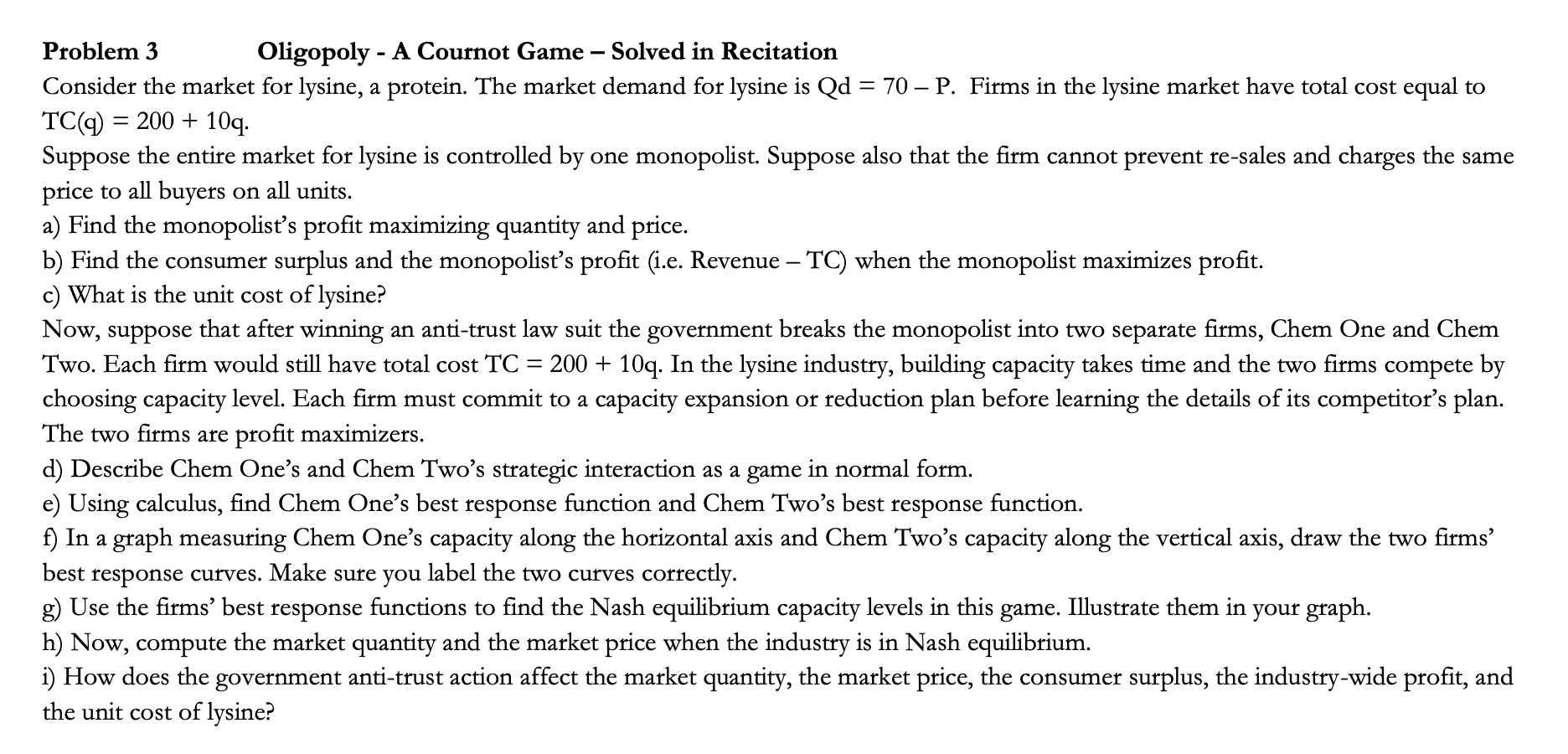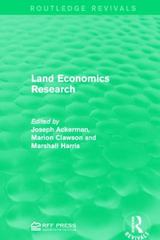Answered step by step
Verified Expert Solution
Question
1 Approved Answer
Microeconomics - Game Theory and Oligopoly Problem 3 Oligopoly - A Cournot Game Solved in Recitation Consider the market for lysine, a protein. The market
Microeconomics - Game Theory and Oligopoly

Step by Step Solution
There are 3 Steps involved in it
Step: 1

Get Instant Access to Expert-Tailored Solutions
See step-by-step solutions with expert insights and AI powered tools for academic success
Step: 2

Step: 3

Ace Your Homework with AI
Get the answers you need in no time with our AI-driven, step-by-step assistance
Get Started


